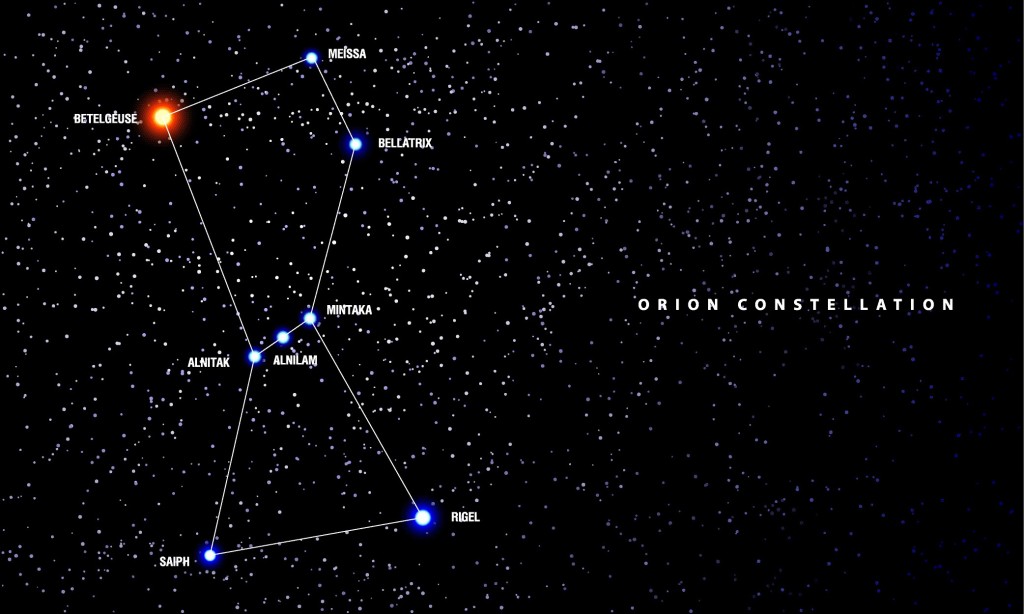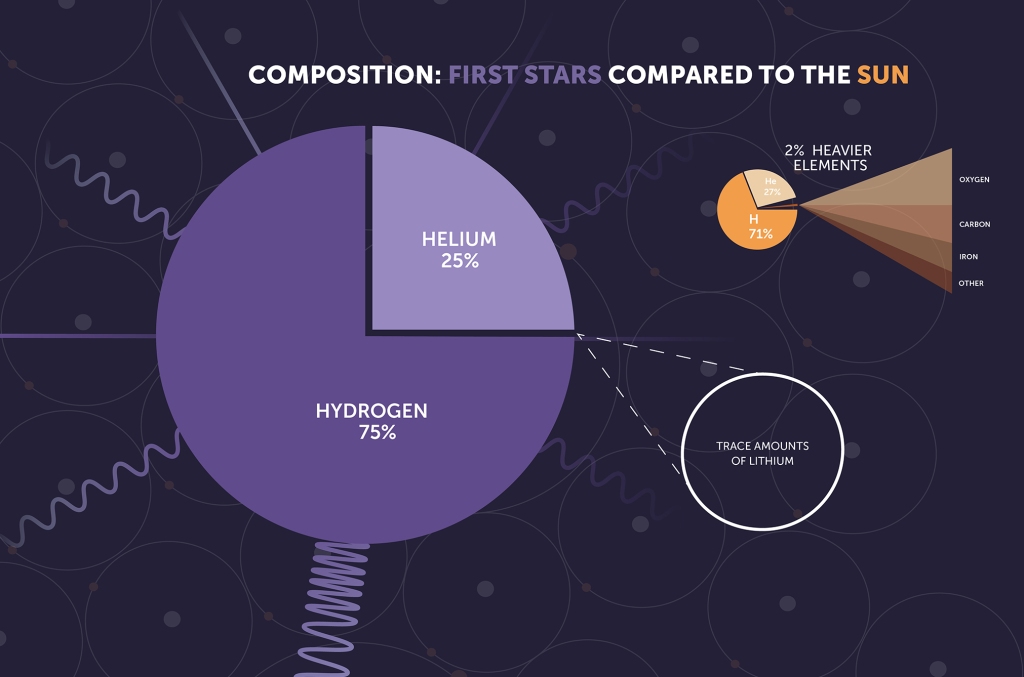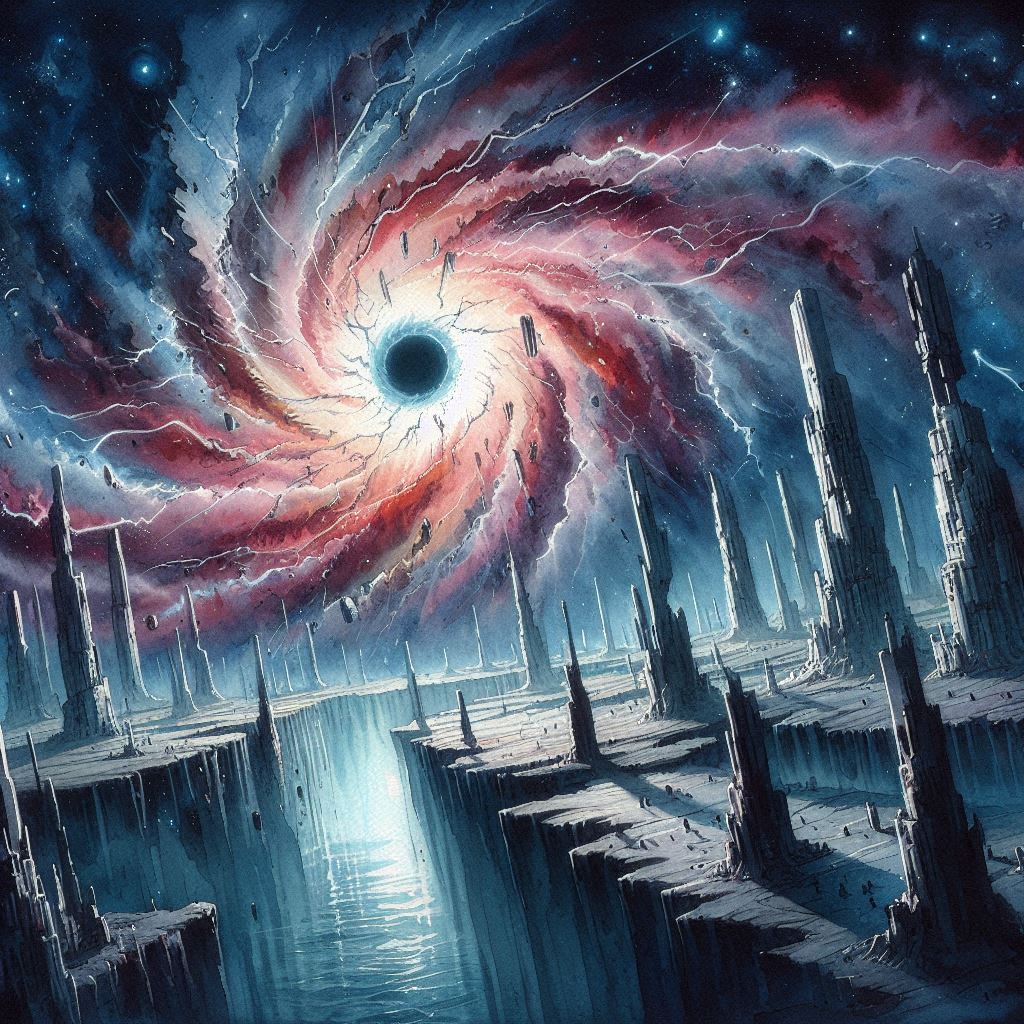The goal of this blog is to create a list of what I call Newstrade, but this is not a super-fact post. I sometimes create posts that are not super fact posts but related to this goal as well as other factual posts, and this is one of those. This post is about the Dunning–Kruger effect. The Dunning–Kruger effect is a cognitive bias in which people with limited competence in a particular domain overestimate their abilities. Those who are incompetent in a given area tend to be ignorant of their incompetence. What is so interesting about this effect is how widespread it is and how extreme it can get.
Some extreme examples include people without much knowledge in a given field lecturing the experts in the field, people without experience or much knowledge in an area telling the professionals in the field how to do their job. It includes people insisting on absurd claims despite not understanding the topic. It includes people dismissing scientific consensus on a topic without having much knowledge about that topic. It includes managers lacking engineering experience refusing to listen to the engineers, etc.
We are all occasional victims of the Dunning–Kruger effect. The problem comes when the one with the lower ability is stubborn and unreasonable and does not attempt to understand what the better-informed person is saying. Sometimes the situation becomes absurd. Below I am listing a few interesting cases, starting with a time when I was the ignorant one.
Creationism Bamboozled Me
When I was a teenager, I read creationist books that claimed that evolution was a hoax, and that earth was likely 6,000 years old. This is still a very common belief here in the US. These books appeared to me to be very convincing, and I took it upon myself to spread the word and correct the misconceptions. I was good at science and math, but this was before I had studied biology and physics in depth. I was accepted into the “Natur / Natural Science” Highschool program (similar to taking all AP Science classes) and I later studied physics in college.
As a result of what I learned I came to realize that the creationism I had come to embrace was bunk. The young earth claims and the anti-evolution rhetoric was not tenable. I realized this not by reading counter creationist books; I was just learning about the science. Understanding some science made all the difference. I just never knew how much I was missing. It was a lot. To read more about this click here and here. One more thing I learned is that you should avoid science related books written by lawyers and theologians with agendas. It is not their field and they don’t know what they are misunderstanding.

Entropy and Evolution
Related to this is the myth that entropy contradicts evolution. Entropy is the measure of a system’s thermal energy per unit temperature that is unavailable for doing useful work. It is also the measure of the number of possible microscopic arrangements or states of individual atoms and molecules of a system that comply with the macroscopic condition of the system. These two definitions are identical.
The formula is S = K * ln (W), where S is entropy, K is Boltzmann’s constant, and W is the number of microstates whose energy equals to the one of the system. Entropy is said to be the amount of disorder in a system, but in this context “disorder” may not correspond exactly to what people mean by disorder. Anyway, the issue is the second law of thermodynamics, which states that the entropy of an isolated system left to spontaneous evolution cannot decrease with time.
The creationists like to say that evolution decreases disorder in the biosphere and therefore contradicts the second law of thermodynamics.
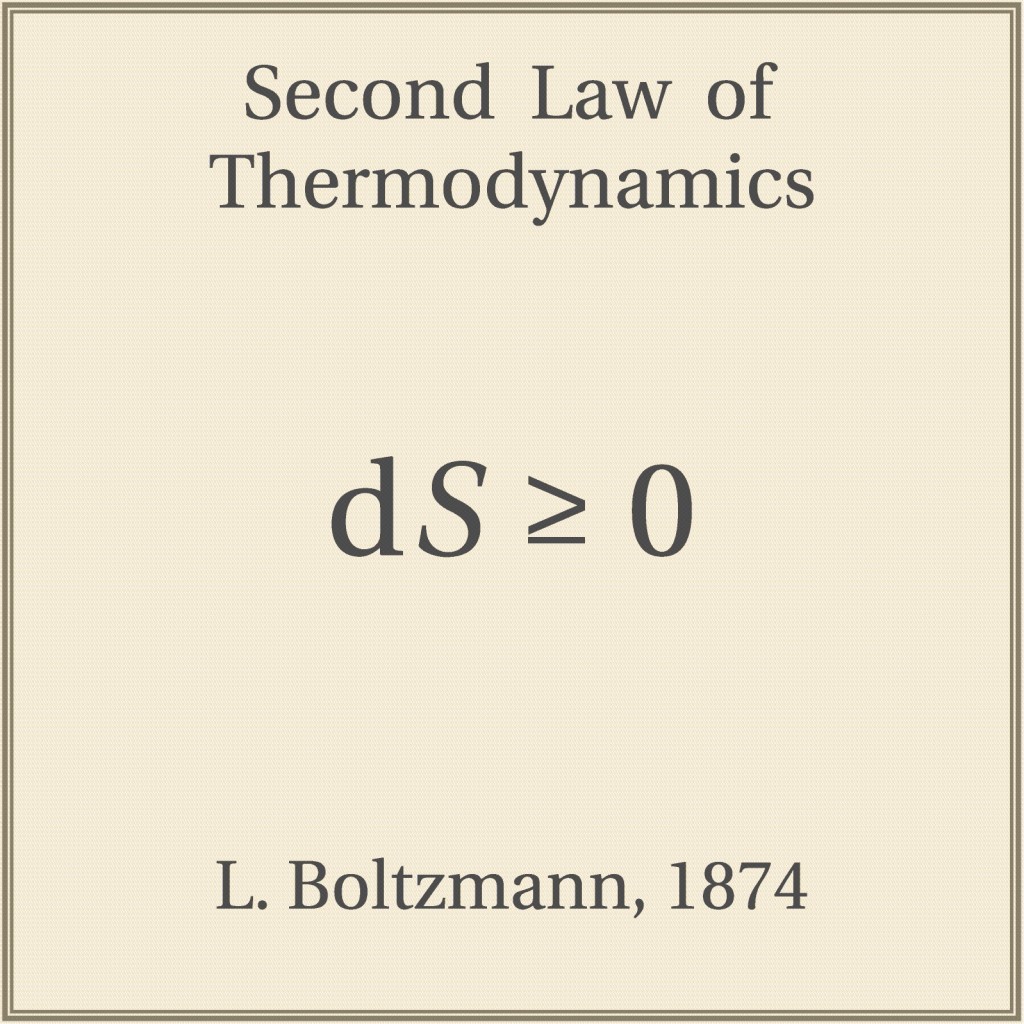
If you take a college level class in thermodynamics you will realize within half an hour that this creationist / anti-evolution claim is false. The most important point being that evolution does not occur within an isolated system.
First of all, the earth, the biosphere, plants and animals receive energy from the outside, the sun for starters. Whether evolution decreases disorder in the biosphere or not, the claim fails instantly on the point that the system is not closed.
Despite decades and even centuries of conclusive debunking many people continue to make the false claim that the second law of thermodynamics and evolution are incompatible. There are people writing to prominent physicists and lecturing them and mocking them for “not knowing” that the second law of thermodynamics and evolution are incompatible. Typically, people who know almost nothing about the subject. They know too little to realize that their arguments are absurd.
The awkward algorithm
One day the engineering manager at my job at Siemens asked me and another guy to do research on how a certain process might improve our system. It was the CEO of the company (he was not an engineer) who was requesting this.
However, it was instantly obvious to me that this process was not compatible with what we were doing. Before, I had opened my mouth, the engineering manager told me “Thomas I know what you are going to say. This process is not applicable to what we are doing, but the CEO just learned about this process, and he is very excited about it. Just pretend to work on it for a few weeks and then write a report about why it did not work out. This is easier than explaining to the CEO why it wouldn’t work.”
Isotopes are real
On one occasion I was arguing on Facebook with an acquaintance regarding whether the current rapid Global Warming trend was natural or not. He said it was natural, and he insisted that he knew a lot about the science. I knew that he did not have a college level science degree, and it was obvious from what he said that he did not understand the science behind climate change.
One of the pieces of evidence I mentioned to him was that isotope studies showed that the carbon dioxide in the atmosphere originated from our burning of fossil fuels. That was when he said that the atoms of a certain element were all identical. There was no such thing as isotopes. He accused me of fabricating the existence of isotopes.
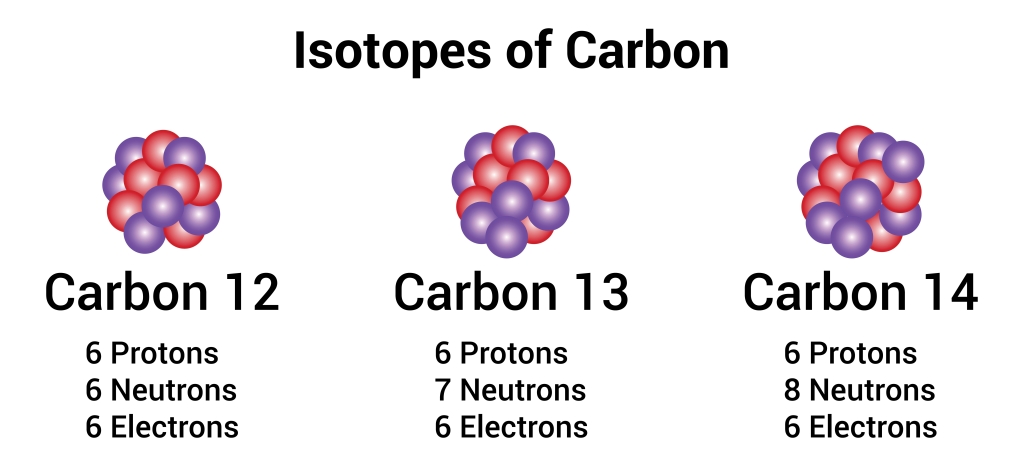
I posted a research article of one isotope study (carbon-12/carbon-13/carbon-14) and an article from Wikipedia on isotopes. Wikipedia isn’t an academically acceptable source, but it featured a good introduction.
He focused on the fact that Wikipedia articles are not always entirely accurate and used it as a reason to dismiss everything I said about isotopes. I was surprised he had never heard of Carbon-14. Isotopes is well known high school science and there are thousands of articles about it on the internet. He just didn’t know anything about this basic fact. He started insulting and mocking me perhaps because he felt I was lecturing him, but how would I have handled this? He knew too little about the subject to realize how much he was missing.
The Current Global Warming is not natural
Nearly all climate scientists say the same thing, Global Warming / Climate Change is real, and it is us. Just because the climate has changed for natural reasons in the past does not mean that is the case now. The same people who told us about the natural variability of climate in the past are the ones telling us it is not natural now. We should listen.
It is not orbital cycles, not the sun, not volcanoes, not bacteria or other lifeforms, and not cosmic radiation, it is us, primarily because of emissions from fossil fuels. The paleoclimatologists and the climate scientists and atmospheric physicists are telling us that it is not natural because of the quite substantial and solid evidence. Yet a very substantial proportion of us insist that it is natural causes without knowing much about the evidence. Why? Because they know too little about the evidence to consider it. The Dunning-Kruger effect again. BTW I will make a more detailed post about this in the future.
Wind Power Myths
Wind power has been on the receiving end of false claims, nonsense, and strange rumors for a while. It is not the only energy source that is a victim of widespread falsehoods, but it is a considerable problem. One false claim is that wind power requires an additional power source to operate (such as a companion diesel engine).
Another false claim is that wind power generates less power than it consumes, and yet another false claim is that wind power causes cancer. These claims are absurd and no one with basic insights in engineering and science would know they are false, yet many people fall for them. The people who fall for these claims think they know more than others, not less. Dunning-Kruger again. I am discussing nonsense and rumors about wind power here.

Well, that is long enough, but I can certainly list many more examples. My own Dunning-Kruger moments as well as those of others.







